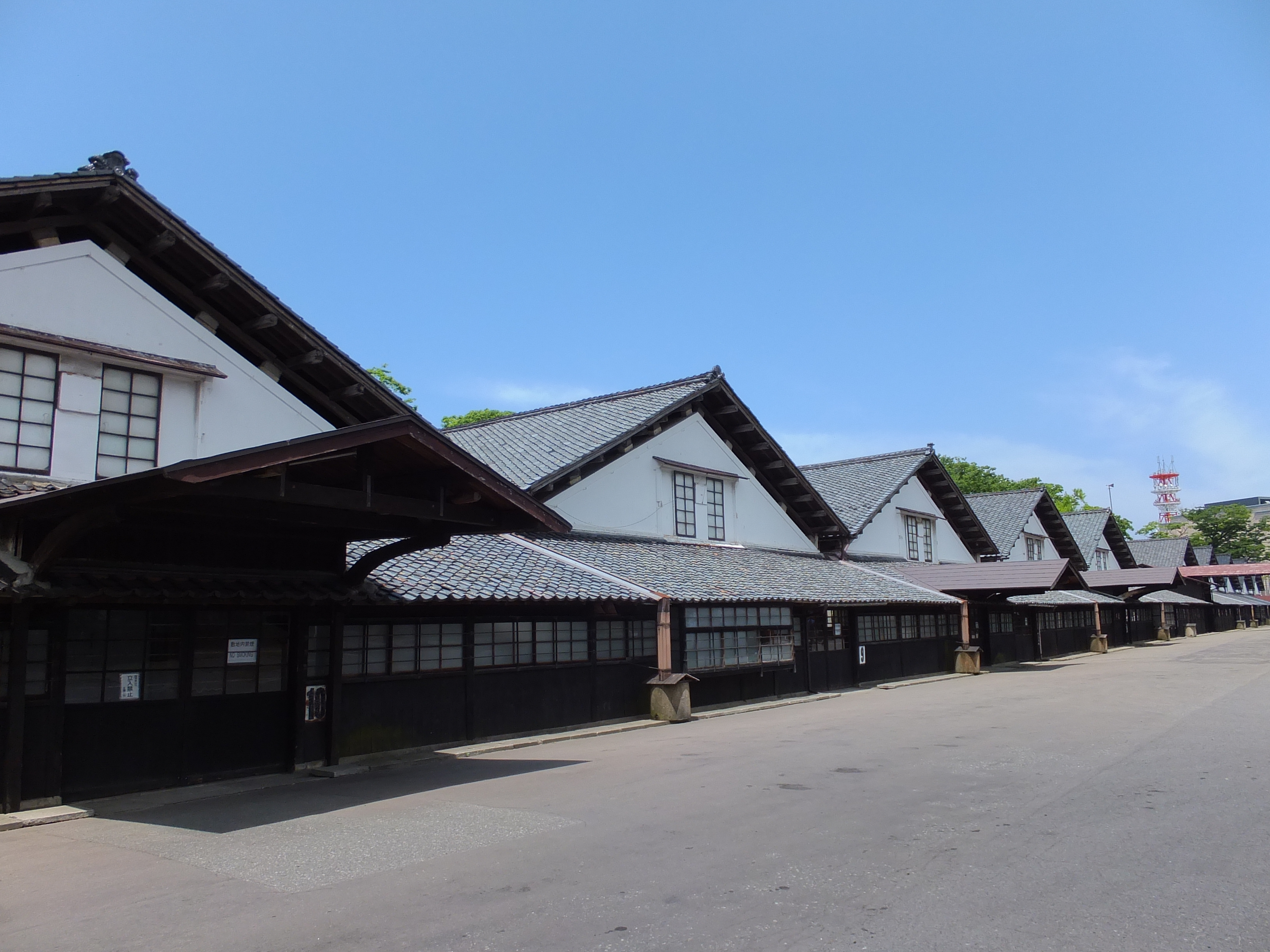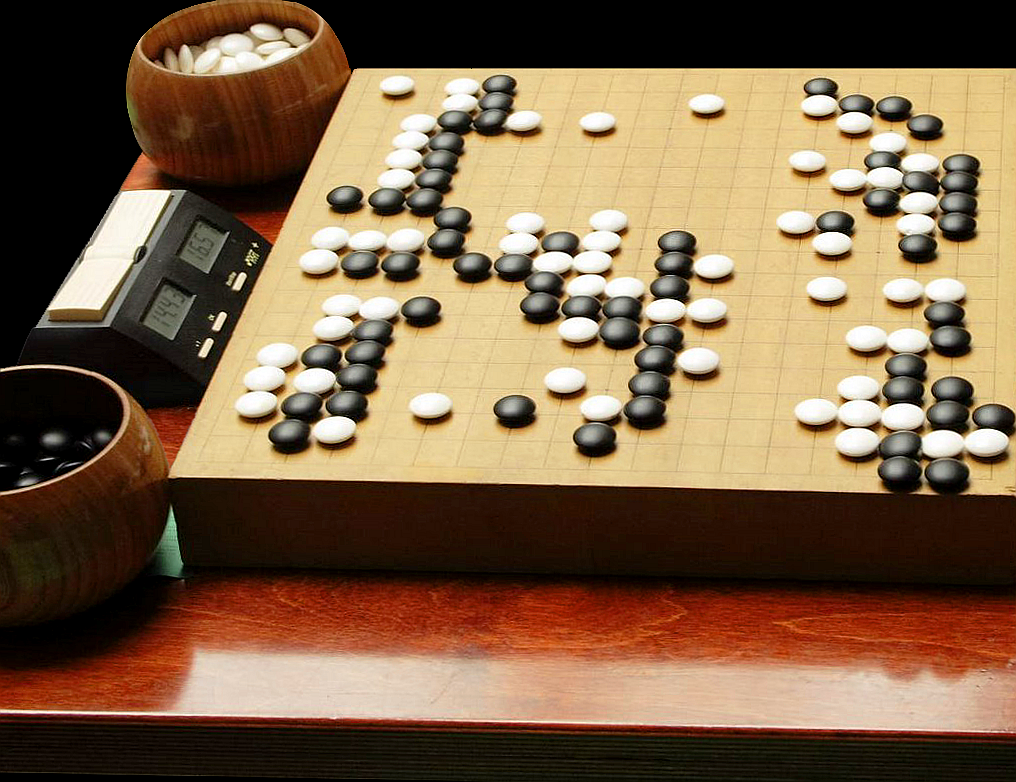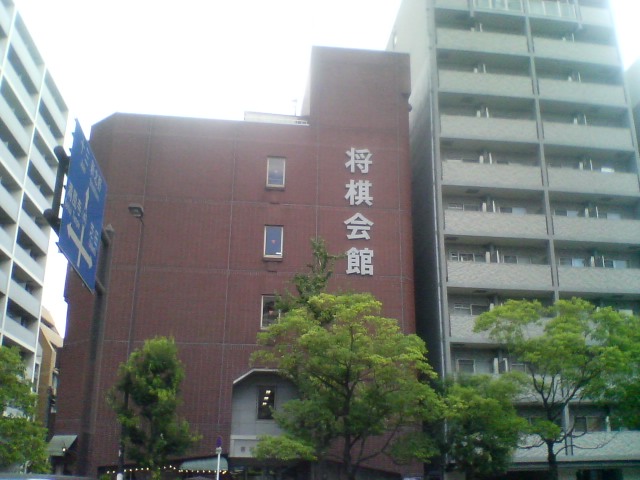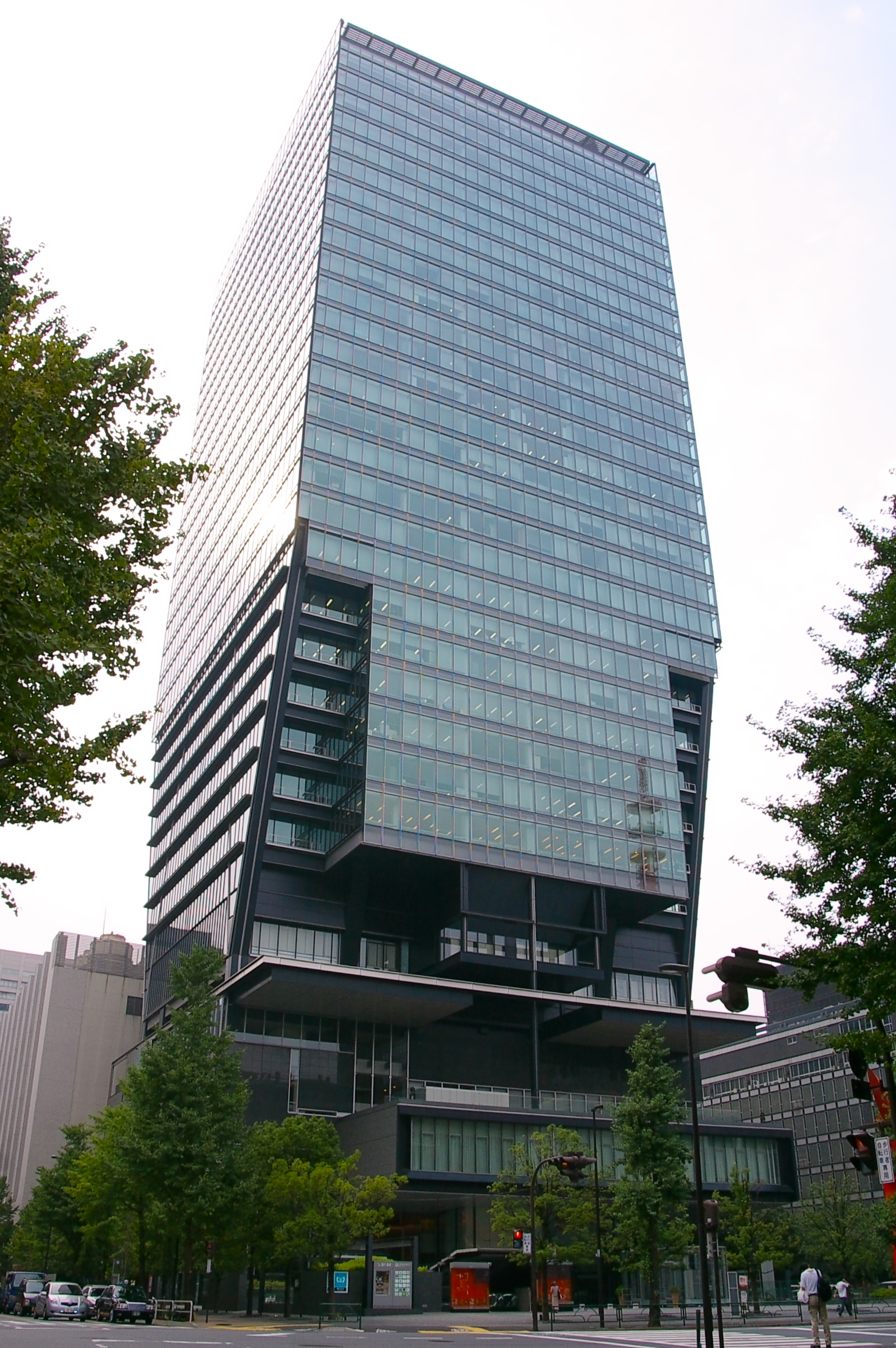|
Reo Okabe
is a Japanese professional shogi player ranked 4- dan. Early life and apprenticeship Okabe was born in Tsuruoka, Yamagata Prefecture on April 8, 1999. He learned how to play shogi from watching his older brother and grandfather play, and eventually was accepted into the Japan Shogi Association's (JSA) apprentice school at the rank of 6-kyū as a student of shogi professional in September 2011. Okabe was promoted to the rank of apprentice professional 3-dan in 2016. He obtained full professional status and the corresponding rank of 4-dan in April 2022 after tying for first with Kenshi Tokuda in the 70th 3-dan League (October 2021March 2022) with a record of 15 wins and 3 losses. Shogi professional Promotion history The promotion history for Okabe is as follows. *6-kyū is a Japanese term used in modern martial arts as well as in tea ceremony, flower arranging, Go, shogi, academic tests and other similar activities to designate various grades, levels or degrees of ... [...More Info...] [...Related Items...] OR: [Wikipedia] [Google] [Baidu] |
Tsuruoka
is a city in Yamagata Prefecture, Japan. , the city had an estimated population of 125,389 in 49,024 households, and a population density of 95.74 persons per km². The total area of the city is . Tsuruoka is the biggest city in Tōhoku region in terms of surface area. Today's Tsuruoka is the result of the fusion of several neighborhoods around the center of the city such as Atsumi, Asahi, Fujishima, Kushibiki, and Haguro in 1953. Geography Tsuruoka is located on the coast of Yamagata Prefecture bordering the Sea of Japan and has some locally popular beaches such as Yunohama and Sanze. All three of the Three Mountains of Dewa are at least partially within the city limits. Two main rivers run through Tsuruoka, the Akagawa River (赤川, literally "Red River"), and the Mogami River. Neighboring municipalities *Yamagata Prefecture ** Sakata ** Shōnai ** Nishikawa ** Mikawa *Niigata Prefecture ** Murakami Climate Tsuruoka has a Humid continental climate (Köppen climate clas ... [...More Info...] [...Related Items...] OR: [Wikipedia] [Google] [Baidu] |
Yamagata Prefecture
is a prefecture of Japan located in the Tōhoku region of Honshu. Yamagata Prefecture has a population of 1,079,950 (1 June 2019) and has a geographic area of 9,325 km² (3,600 sq mi). Yamagata Prefecture borders Akita Prefecture to the north, Miyagi Prefecture to the east, Fukushima Prefecture to the south, and Niigata Prefecture to the southwest. Yamagata is the capital and largest city of Yamagata Prefecture, with other major cities including Tsuruoka, Sakata, and Yonezawa. Yamagata Prefecture is located on Japan's western Sea of Japan coast and its borders with neighboring prefectures are formed by various mountain ranges, with 17% of its total land area being designated as Natural Parks. Yamagata Prefecture formed the southern half of the historic Dewa Province with Akita Prefecture and is home to the Three Mountains of Dewa, which includes the Haguro Five-story Pagoda, a recognised National Treasure of Japan. History The aboriginal people once inhabit ... [...More Info...] [...Related Items...] OR: [Wikipedia] [Google] [Baidu] |
Dan (rank)
The ranking system is used by many Japanese, Okinawan, Korean, and other martial art organizations to indicate the level of a person's ability within a given system. Used as a ranking system to quantify skill level in a specific domain, it was originally used at a Go school during the Edo period. It is now also used in most modern Japanese fine and martial arts. Martial arts writer Takao Nakaya claims that this dan system was first applied to martial arts in Japan by Kanō Jigorō (1860–1938), the founder of judo, in 1883, and later introduced to other East Asian countries. In the modern Japanese martial arts, holders of dan ranks often wear a black belt; those of higher rank may also wear either red-and-white or red belts depending on the style. Dan ranks are also given for strategic board games such as Go, Japanese chess (''shōgi''), and renju, as well as for other arts such as the tea ceremony (''sadō'' or ''chadō''), flower arrangement ('' ikebana''), Japanese ca ... [...More Info...] [...Related Items...] OR: [Wikipedia] [Google] [Baidu] |
Professional Shogi Player
A professional shogi player (将棋棋士 ''shōgi kishi'' or プロ棋士 ''puro kishi'' "professional player") is a shogi player who is usually a member of a professional guild of shogi players. There are two categories of professional players: regular professional and women's professional. All regular professional shogi players are members of the Japan Shogi Association (JSA). However, only regular professional players, who are all male, are considered to be full-fledged members. Women's professional players belong to groups distinct from regular professional players. In Japanese, the term 棋士 ''kishi'' only refers to regular professional players to the exclusion of women's professionals, who are termed 女流棋士 ''joryū kishi.'' History During the Edo period (1603-1868), shogi followed an iemoto system centered around three families (schools): the , the and the . Titles such as Meijin were hereditary and could only be held by members of these three families. Thes ... [...More Info...] [...Related Items...] OR: [Wikipedia] [Google] [Baidu] |
Dan (rank)
The ranking system is used by many Japanese, Okinawan, Korean, and other martial art organizations to indicate the level of a person's ability within a given system. Used as a ranking system to quantify skill level in a specific domain, it was originally used at a Go school during the Edo period. It is now also used in most modern Japanese fine and martial arts. Martial arts writer Takao Nakaya claims that this dan system was first applied to martial arts in Japan by Kanō Jigorō (1860–1938), the founder of judo, in 1883, and later introduced to other East Asian countries. In the modern Japanese martial arts, holders of dan ranks often wear a black belt; those of higher rank may also wear either red-and-white or red belts depending on the style. Dan ranks are also given for strategic board games such as Go, Japanese chess (''shōgi''), and renju, as well as for other arts such as the tea ceremony (''sadō'' or ''chadō''), flower arrangement ('' ikebana''), Japanese ca ... [...More Info...] [...Related Items...] OR: [Wikipedia] [Google] [Baidu] |
Japan Shogi Association
The , or JSA, is the primary organizing body for professional shogi in Japan. The JSA sets the professional calendar, negotiates sponsorship and media promotion deals, helps organize tournaments and title matches, publishes shogi-related materials, supervises and trains apprentice professionals as well as many other activities. History For much of its early history, shogi followed an iemoto system centered around three families (schools): the , the and the . The Meijin title was hereditary and could only be held by members of these three families. These three schools were supported by the Tokugawa shogunate and thus controlled the professional shogi world up until 1868 when the Meiji Restoration began. By the time , the eighth and last head of the Itō school and the 11th Hereditary Meijin, had died in 1893, the influence of the families had decreased to such an extent that they had no real power at all. In 1921, there were three groups of professional players in the Tokyo ... [...More Info...] [...Related Items...] OR: [Wikipedia] [Google] [Baidu] |
List Of Newspapers In Japan
The first dailies were established in Japan in 1870. In 2018 the number of the newspapers was 103 in the country. Below is a list of newspapers published in Japan. (See also Japanese newspapers.) Big five national newspapers in Japan includes: ''The Asahi Shimbun'', ''Yomiuri Shimbun'', ''Mainichi Shimbun'', ''Nihon Keizai Shimbun'', and ''Sankei Shimbun''. National papers Big six * ''Yomiuri Shimbun'' (daily) 6,860,222 * ''The Asahi Shimbun'' (daily) 4,298,513 * ''Chunichi Shimbun'' / ''Tokyo Shimbun'' (daily) 2 ,321,414 * ''Mainichi Shimbun'' (daily) 1,933,714 * ''Nihon Keizai Shimbun'' (daily) 1,753,877 * ''Sankei Shimbun'' (daily) 1,026,293 Hokkaido Block papers of Hokkaido * ''Hokkaido Shimbun'' Regional papers of Hokkaido * Sorachi ** ''Kitasorachi Shimbun'' (Fukagawa) ** ''Press Sorachi'' ( Takikawa) * Shiribeshi ** ''Otaru Shimpō'' (Otaru) * Iburi ** ''Muroran Mimpō'' (Muroran) ** ''Tomakomai Mimpō'' (Tomakomai) * Hidaka ** ''Hidaka Hōchi Shimbun'' ( ... [...More Info...] [...Related Items...] OR: [Wikipedia] [Google] [Baidu] |
Professional Shogi Player
A professional shogi player (将棋棋士 ''shōgi kishi'' or プロ棋士 ''puro kishi'' "professional player") is a shogi player who is usually a member of a professional guild of shogi players. There are two categories of professional players: regular professional and women's professional. All regular professional shogi players are members of the Japan Shogi Association (JSA). However, only regular professional players, who are all male, are considered to be full-fledged members. Women's professional players belong to groups distinct from regular professional players. In Japanese, the term 棋士 ''kishi'' only refers to regular professional players to the exclusion of women's professionals, who are termed 女流棋士 ''joryū kishi.'' History During the Edo period (1603-1868), shogi followed an iemoto system centered around three families (schools): the , the and the . Titles such as Meijin were hereditary and could only be held by members of these three families. Thes ... [...More Info...] [...Related Items...] OR: [Wikipedia] [Google] [Baidu] |
Kenshi Tokuda
is a Japanese professional shogi player ranked 4- dan. Early life, amateur shogi and apprentice professional Tokuda was born in Shūnan, Yamaguchi Prefecture on December 9, 1997. He learned how to play shogi from watching his grandfather and father play and won the in 2009. Tokuda was accepted into the Japan Shogi Association's (JSA) apprentice school at the rank of 6-kyū as a student of shogi professional Kenji Kobayashi in September 2010. He was promoted to the rank of apprentice professional 3-dan in 2018, and obtained full professional status and the corresponding rank of 4-dan in April 2022 after tying for first with Reo Okabe in the 70th 3-dan League (October 2021March 2022) with a record of 15 wins and 3 losses. Shogi professional Tokuda won the 12th in October 2022 by defeating Yūya Saitō 2 games to 0 in the best-of-three championship match. Promotion history The promotion history for Tokuda is as follows. *6-kyū is a Japanese term used in modern m ... [...More Info...] [...Related Items...] OR: [Wikipedia] [Google] [Baidu] |
Sankei Shimbun
The (short for ) is a daily newspaper in Japan published by the It has the seventh-highest circulation for regional newspapers in Japan. Among Japanese newspapers, the circulation is second only to ''Yomiuri Shimbun'', Seikyo Shimbun, ''Asahi Shimbun'', '' Chunichi Shimbun'', ''Mainichi Shimbun'', ''the Nikkei'', Nikkan Gendai, and Tokyo Sports. This newspaper is not actually a national newspaper, but a block newspaper whose publishing area is Kansai and Kanto. However, it was classified as a "national newspaper" by the reverse course policy of the business world ( Keidanren). Corporate profile The ''Sankei Shimbun'' is part of the Fujisankei Communications Group and is 40% owned by Fuji Media Holdings. The company is also the owner of Osaka Broadcasting Corporation (OBC, Radio Osaka). History The ''Sankei Shimbun'' was created by the merger of two older newspapers: ''Jiji News'' and ''Nihon Kogyō Shimbun''. ''Jiji News'' was founded in 1882 by author, translator, ... [...More Info...] [...Related Items...] OR: [Wikipedia] [Google] [Baidu] |
Sports Nippon
, also known as , is the first Japanese daily sports newspaper, having been founded in 1948. In a 1997 report it was called one of the "Big Three" sports papers in Japan, out of a field of 17 sports dailies. It is an affiliate newspaper of the ''Mainichi Shimbun The is one of the major newspapers in Japan, published by In addition to the ''Mainichi Shimbun'', which is printed twice a day in several local editions, Mainichi also operates an English language news website called ''The Mainichi'' (prev ...''. See also * Masters GC Ladies * Miss Nippon * Mizuno Classic References External links * Daily newspapers published in Japan Sports newspapers published in Japan Publications established in 1948 1948 establishments in Japan {{Japan-sport-stub ... [...More Info...] [...Related Items...] OR: [Wikipedia] [Google] [Baidu] |
Professional Shogi Players
A professional shogi player (将棋棋士 ''shōgi kishi'' or プロ棋士 ''puro kishi'' "professional player") is a shogi player who is usually a member of a professional guild of shogi players. There are two categories of professional players: regular professional and women's professional. All regular professional shogi players are members of the Japan Shogi Association (JSA). However, only regular professional players, who are all male, are considered to be full-fledged members. Women's professional players belong to groups distinct from regular professional players. In Japanese, the term 棋士 ''kishi'' only refers to regular professional players to the exclusion of women's professionals, who are termed 女流棋士 ''joryū kishi.'' History During the Edo period (1603-1868), shogi followed an iemoto system centered around three families (schools): the , the and the . Titles such as Meijin were hereditary and could only be held by members of these three families. Thes ... [...More Info...] [...Related Items...] OR: [Wikipedia] [Google] [Baidu] |







_Sae_Ito(right).jpg)